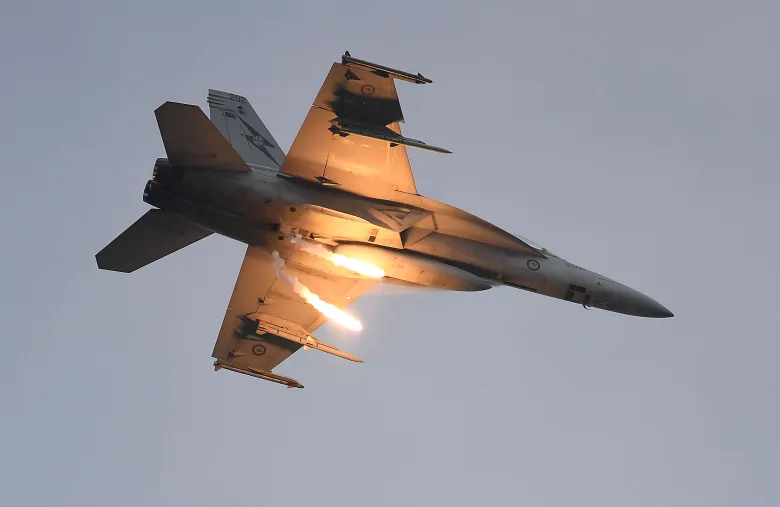Today is the submission deadline for the three aerospace firms bidding for the right to build Canada’s next fighter jet. By all accounts, U.S. defence giants Lockheed Martin and Boeing, and Swedish aircraft-maker Saab, have handed in their proposals.

It’s a once-in-a-generation event. The last time the federal government faced a decision of this kind, Pink Floyd’s “Another Brick in the Wall” was playing on the radio.
Today is the submission deadline for the three aerospace firms bidding for the right to build Canada’s next fighter jet. By all accounts, U.S. defence giants Lockheed Martin and Boeing, and Swedish aircraft-maker Saab, have handed in their proposals.
The Liberal government pushed back the deadline for the $19 billion competition to the end of July because of the pandemic crisis.
On April 10, 1980, a previous Liberal government chose the McDonnell Douglas (later Boeing) CF-18 as the backbone of the country’s fighter jet fleet.
The current government is not expected to make a decision on whether to buy the Lockheed Martin F-35, Boeing’s Super Hornet (a newer, beefier version of the F-18) or Saab’s Gripen-E for several months. The first jets likely won’t arrive until 2025.

In retrospect, buying the CF-18s was a walk in the park compared to the procurement experience of a generation of federal officials since a replacement for the CF-18 was first discussed in the late 1990s.
The government of former prime minister Pierre Trudeau decided in March, 1977 to buy a new fighter. Three years later, bids had been submitted and a contract was signed. Two years after that, the first CF-18s were on the flight line.
If only it coul

